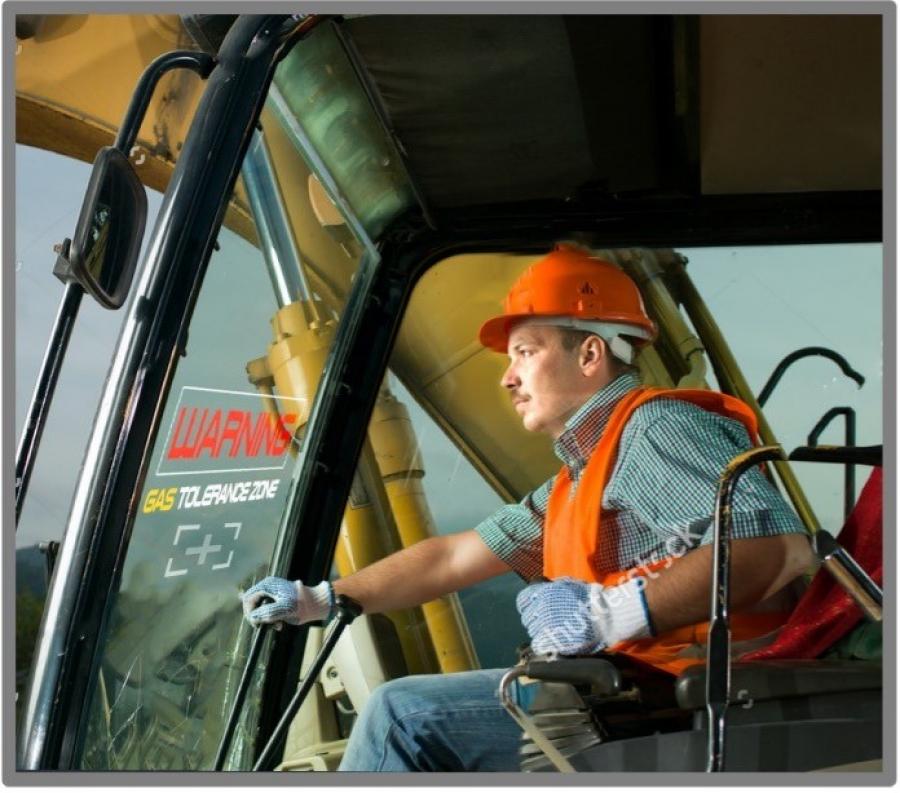The 2021 Technology Report, which is produced by CGA’s technology committee, identifies cutting-edge technology applications in damage prevention, gaps that could be filled by new or modified technologies and gaps that are in the process of being addressed by technology. (Common Ground Alliance photo)
Common Ground Alliance (CGA), the national nonprofit trade association dedicated to protecting underground utility lines, people who dig near them and their communities, published its fourth annual Technology Report, "Technology Advancements and Gaps in Underground Safety 2021," which serves as a record of progress in technology for the damage prevention industry, as well as a source of inspiration for new applications of existing technologies and the development of new technologies.
The 2021 Technology Report, which is produced by CGA's technology committee, identifies cutting-edge technology applications in damage prevention, gaps that could be filled by new or modified technologies and gaps that are in the process of being addressed by technology.
The report raises the overall level of industry knowledge by sharing information that CGA's technology committee has collected on successful applications of technology, which may eventually lead to the adoption of new CGA Best Practices and innovative solutions supported by the Next Practices Initiative.
The 2021 Technology Report also includes a vision for an ideal excavation project set in the year 2030: An excavator enters an online locate request and completes an electronic white-line, and in turn receives a digital enhanced positive response (EPR) file linked to a one call ticket number and supported by maps, photos and instructions. The EPR digital file is compatible with software installed in excavation equipment, so that a map can be displayed within the cab and bucket sensors will alert the equipment operator when in proximity to a facility.
The file also can be uploaded to drones, which can provide live video feeds of the excavation to facility owners or excavating company management — and if any unmarked, mismarked or abandoned facilities are found during the project, the drone maps them via integrated GPR and/or takes photos. That information is provided back to the facility operators who can verify it and update their files as needed.
"The idealized excavation scenario in this year's report is designed to showcase how much more efficient and effective damage prevention can be if we put the full force of investment and data integration behind them," said Nick Starke, CGA technology committee co-chair. "The technology described in the 2030 illustration already exists — but as an industry, we have to move past some of the liability concerns and other entrenched hurdles that prevent existing technologies from being applied more effectively, and we're looking forward to contributing to CGA's Next Practices Initiative on those systemic issues. In the meantime, we hope the 2021 Technology Report offers the industry inspiration for purchasing, applying, researching and developing technological solutions to reduce damages to buried infrastructure."
CGA's 2021 Technology Report also features four case studies that can be used as examples of what works now in damage prevention and/or a preview of what is being developed:
- Gopher State One Call — White-Lining of Excavation Areas by Digital Methods: Electronic (or virtual) white-lining is the application of a visual indicator outlining the actual excavation area to a digital base map by a notification center representative during the phone-in process or by the excavator as they enter their ticket online. The resulting map, complete with the virtual white-lining, is then shared by the notification center with affected facility operators. This record can aid the locator in more easily and precisely determining the area to be marked.
- Sawback Technologies Inc. — Lightweight, Mountable Ground Penetrating Radar: Application of conventional GPR to locating has historically been limited by the size and weight of the units, and the need to be in contact with the ground. Sawback's system can be used from above ground level (and potentially mounted on drones), and maps and integrates the data into a visual layer with the intent to make the same data accessible in point cloud format for a 3D view.
- Unearth Technologies Inc. — Application of a Map-Based Work Management Platform to a Cross Bore Detection Program: OnePlace is a cloud- and map-based work management platform that allows users to capture, access and share data from anywhere. This case study discusses how OnePlace was applied to a cross bore detection and mitigation program, but it could theoretically be applied to tracking abandoned facilities, stub-service lines, damage and near-miss locations, and past digging activities.
- PelicanCorp — Leveraging Smart Technology to Overcome Rising Locate Volumes: A program called ScreenAccess provides an automated solution for processing locate requests. The technology receives locate tickets and compares the location of the job to the location of the facility operators' network. Tickets are categorized based on the work being performed and the nature of the asset potentially at risk. Maps can be prepared and dispatched to both the facility operator and the contractor.
"Increased adoption of cutting-edge technologies and development of additional data-sharing opportunities between existing technologies are among our best pathways to reversing the trend of rising damages to buried infrastructure in the U.S.," said Sarah K. Magruder Lyle, president and CEO of CGA. "I would like to thank CGA's technology committee and its leaders for carefully cataloguing damage prevention technology year-over-year and pushing the industry to utilize technological solutions with its annual technology report."
The complete "Technology Advancements and Gaps in Underground Safety 2021" report is available for download at commongroundalliance.com, and stakeholders interested in making contributions to the annual report are encouraged to complete the short survey available at https://commongroundalliance.com/Forms/Technology-Form. CGA is hosting a member webinar on the 2021 Technology Report on June 9.
For more information, visit www.commongroundalliance.com.
Today's top stories













